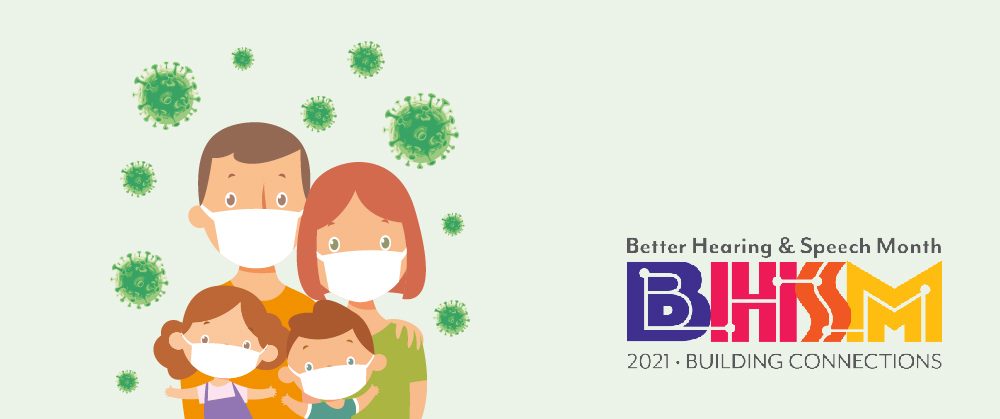The COVID-19 pandemic and subsequent physical distancing have made it even harder to spot speech and language disorders in a young child. Pediatricians or daycare providers may be able to spot potential delays, but appointments may have been missed or day care may have been unavailable during the COVID-19 pandemic.
As part of Better Hearing & Speech Month (BHSM), ASHA is promoting the importance of early intervention this week. We hope you’ll join us in helping to spread the word about early intervention by sharing some of these resources or taking a bit of time to read the latest research about early intervention.
Early Intervention in the ASHA Journals
The articles below look at early intervention in the home, both from a parent’s perspective and a clinician’s perspective. The articles also focus on cross-cultural and cross-linguistic early intervention methods as well as early intervention for children with autism and developmental delay, providing models to ensure that all children have access to these services.
Exploring the Cultural Validity of Parent-Implemented Naturalistic Language Intervention Procedures for Families From Spanish-Speaking Latinx Homes: In this study, speech-language pathologists presented 14 common parent-implemented early intervention strategies to parents of Latinx children under 6. The parents’ responses to these interventions gave some insight on how traditional interventions can be modified to better serve families from Latinx backgrounds.
Successful Implicit Vocabulary Intervention for Three Cantonese-Speaking Toddlers: A Replicated Single-Case Design: The authors of this article adapted a vocabulary treatment originally created for English-speaking toddlers in America to Cantonese-speaking toddlers in Hong Kong. The successful implementation of this program may provide some important lessons to other researchers adapting strategies for culturally and linguistically diverse populations.
Rate of Communicative Gestures and Developmental Outcomes in Toddlers With and Without Autism Spectrum Disorder During a Home Observation: In this article, the authors show that observing how toddlers use gestures at home could improve the early detection of not only communication disorders but also autism. Although most children aren’t diagnosed with autism until age 4, at-home observation could lead to these children being identified as early as 18 months of age.
Spoken Vocabulary Outcomes of Toddlers With Developmental Delay After Parent-Implemented Augmented Language Intervention: Children diagnosed with developmental disabilities often exhibit delays in vocalizing, acquiring first words, and producing accurate speech sounds. The authors of this study found that early intervention combining spoken language and augmentative and alternative communication (AAC) resulted in significantly more spoken words in very young children.
By educating parents, guardians, and other caregivers about the importance (and the benefits!) of early intervention, we can ensure that these young children are better prepared for success in the classroom and beyond. We hope you find this research useful and that you help us spread the message that it’s never too early for early intervention! And, Happy Week 2 of #BHSM!







